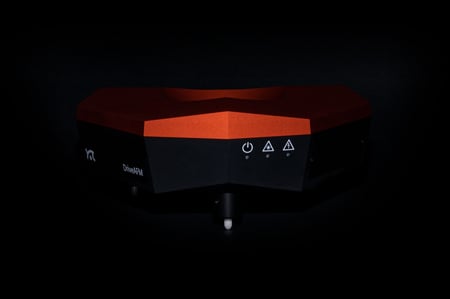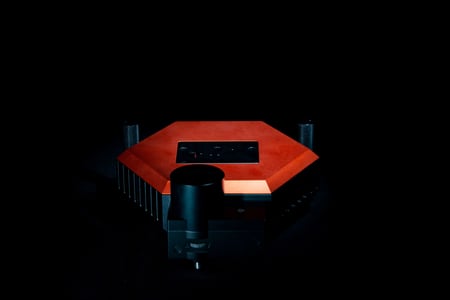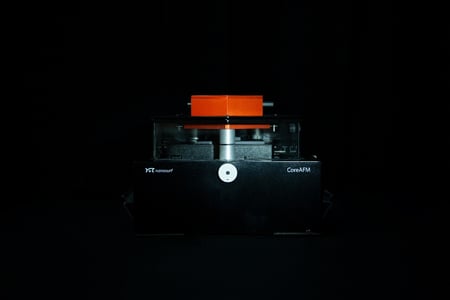Piezo-response Force Microscopy (PFM)
Piezo-response Force Microscopy (PFM)
This application note delves into the principles and applications of Piezo Response Force Microscopy (PFM), a specialized mode of atomic force microscopy (AFM) used to study piezoelectric properties of materials at the nanoscale.
It explains the fundamental concept of piezoelectricity, where mechanical energy is converted into electric energy and vice versa. The note highlights how PFM measures the local inverse piezoelectric response, enabling high-resolution mapping of ferroelectric domains. It covers the experimental setup for PFM, including details about the use of conductive cantilevers and the application of AC voltage to induce sample deformation. The application note also explores various materials studied using PFM, such as lithium niobate and ferroelectric thin films, and discusses advanced techniques like high-voltage PFM and dual frequency resonance tracking (DFRT) PFM. Additionally, it touches on the use of PFM in spectroscopy for domain reversal studies and in lithography for nanoscale domain writing, underscoring the technique's importance in understanding the electromechanical properties of materials
What you will learn:
-
Principles of PFM: Gain a comprehensive understanding of PFM, focusing on its capability to measure inverse piezoelectric responses and map ferroelectric domains with nanometer precision.
-
PFM Experimental Setup: Acquire knowledge about the necessary setup for PFM, emphasizing the role of conductive cantilevers and the mechanics of applying AC voltage for inducing sample deformation.
-
Material Studies Using PFM: Explore the application of PFM in studying materials like lithium niobate and ferroelectric thin films, highlighting its effectiveness in detailed domain mapping.
-
Advanced PFM Techniques: Delve into sophisticated PFM methodologies such as high-voltage PFM and DFRT-PFM, understanding their utility in enhancing signal detection and piezoelectric property analysis.
-
PFM in Spectroscopy and Lithography: Learn about the application of PFM in spectroscopic analysis for domain reversal and in lithographic techniques for precise domain patterning at the nanoscale.
-
Characterization of Electromechanical Properties: Recognize the significance of PFM in characterizing electromechanical properties of materials, crucial for advancements in nanotechnology and electronic materials.
DriveAFM
The flagship AFM by Nanosurf that leaves nothing to be desired:
- Fast
- Intuitive
- Performance without compromise
FlexAFM
The most flexibly configurable AFM for materials and life science research:
- Our mid-range allround instrument
- One of the most established AFMs available
- Built-in upgrade path to DriveAFM
CoreAFM
AFM for multi-user settings and sophisticated education:
- Allround AFM with a competitive price tag
- 33 modes and functions out of the box
- Easiest AFM to handle with confidence


